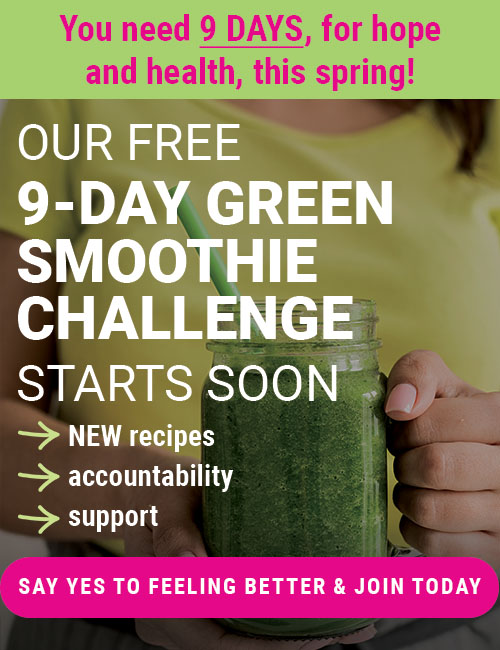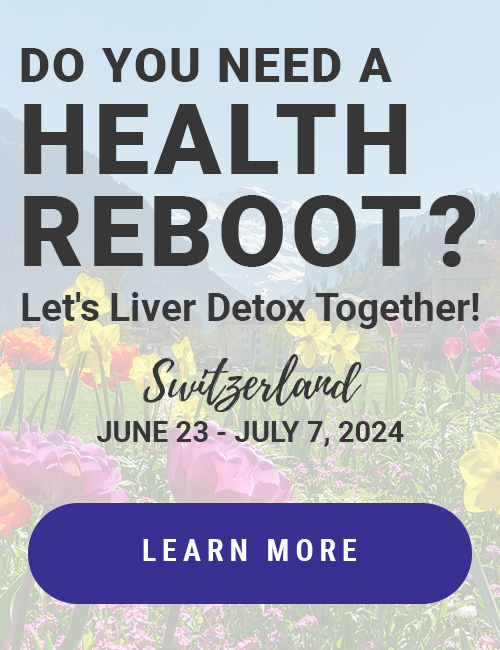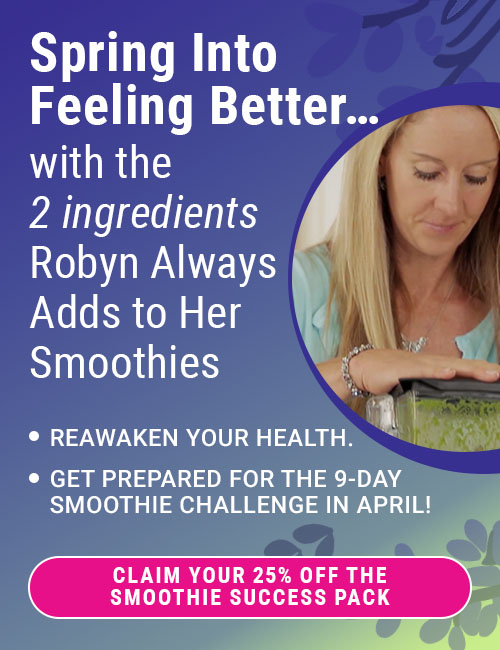Vitamin D: Did You Know?
Vitamin D Isn’t All It Seems To Be
Did you know that the USRDA of Vitamin D is so low—400 mg—that if you went in the sun for 18 seconds, your body would produce that much? Current research shows that these numbers are too low, particularly for people with darker skin (who can’t synthesize vitamin D from sun exposure as well) or for those living in climates with less sunlight (latitudes above San Francisco). We need far more than that to be disease preventative, and to have enough to utilize calcium for bone density.
Did you know that Vitamin D isn’t really a vitamin? It’s more like a hormone. It’s a precursor for the mineral calcium, which has more functions for human beings than any other mineral.
Did you know that low Vitamin D is the #1 most correlated variable to cancer risk? There are literally hundreds of studies about this. It’s no longer a debate. So it’s GOOD to get in the sun. Still BAD to get a sunburn.
Did you know that after you go in the sun, your body needs a few hours to convert the substances collected on your skin to Vitamin D in the body?
Hardly anyone knows this, and it’s a tip that could possibly be lifesaving.
If you’re going to get Vitamin D from the sun, get regular exposure during daylight hours, and then don’t take a shower for several hours!
Tank up on it during the spring, summer, and fall. Then, during the winter, take 5,000 to 10,000 IU of D3.You got that? D3, not D2!
The most assimilable forms will be in olive oil capsules, rather than hard pills.
Why supplement rather than eat foods high in Vitamin D? There are very few foods in which Vitamin D occurs naturally, and many of them are problematic: cod liver oil, salmon, and other fish sources are highly contaminated; fortified dairy products are themselves associated with incidence of cancers and other diseases.
Some researchers think that, based on the evidence, half of cancer would disappear if people simply got enough Vitamin D.
Too many of us get very little of it, because we’re office workers who never get outside, or we live in climates with intemperate weather much of the year. According to the findings, the National Academy of Sciences currently recommends between 200 and 400 IU of vitamin D daily, but the authors of the review found that these numbers are too low, particularly for people with darker skin (who can’t synthesize vitamin D from sun exposure as well) or for those living in climates with less sunlight (latitudes above San Francisco). Based on correlations from over 1000 studies of vitamin D intake, the researchers recommend at least 1000 IU of vitamin D daily. Dr. Joel Fuhrman notes that there are very few foods in which vitamin D occurs naturally, and many of them are problematic: cod liver oil, salmon, and other fish sources are highly contaminated; fortified dairy products are themselves associated with incidence of cancers and other diseases. Many people meet at least some of their vitamin D needs through sun exposure, but prolonged exposure can also place you at risk of skin cancer and damage. In this instance, Dr. Fuhrman agrees that supplementing to establish and maintain adequate levels of vitamin D is the best choice. Look for supplements where vitamin D is in the form of cholecalciferol, or vitamin D3.













